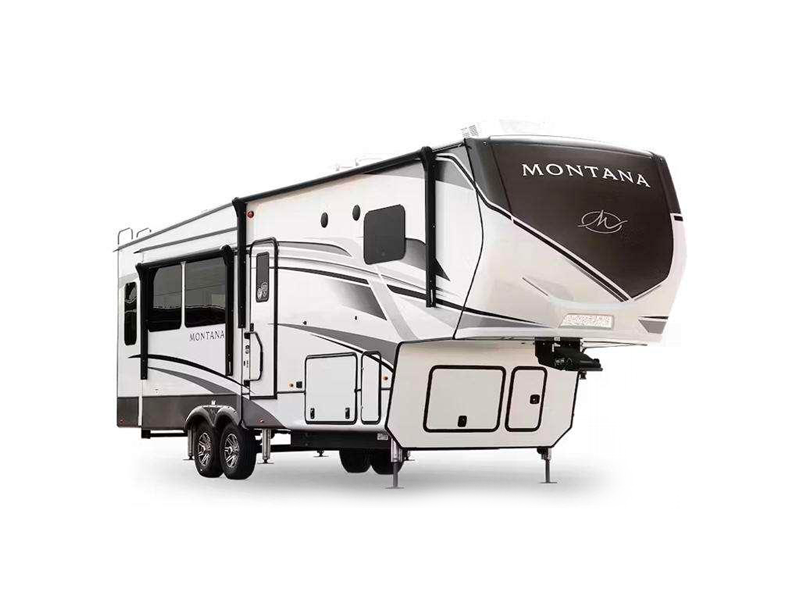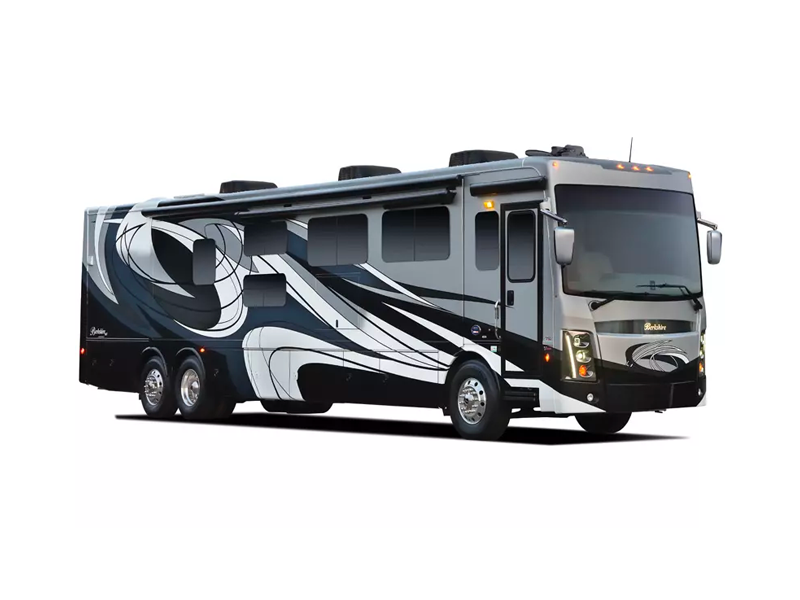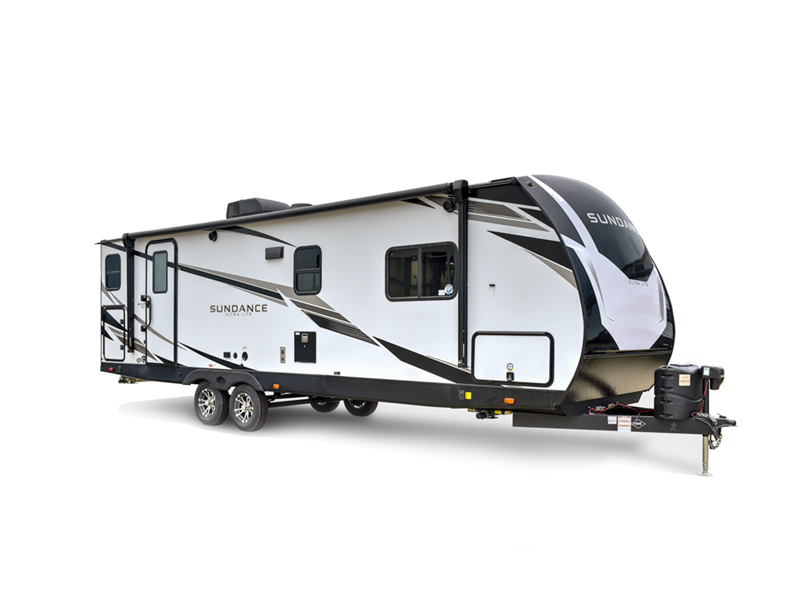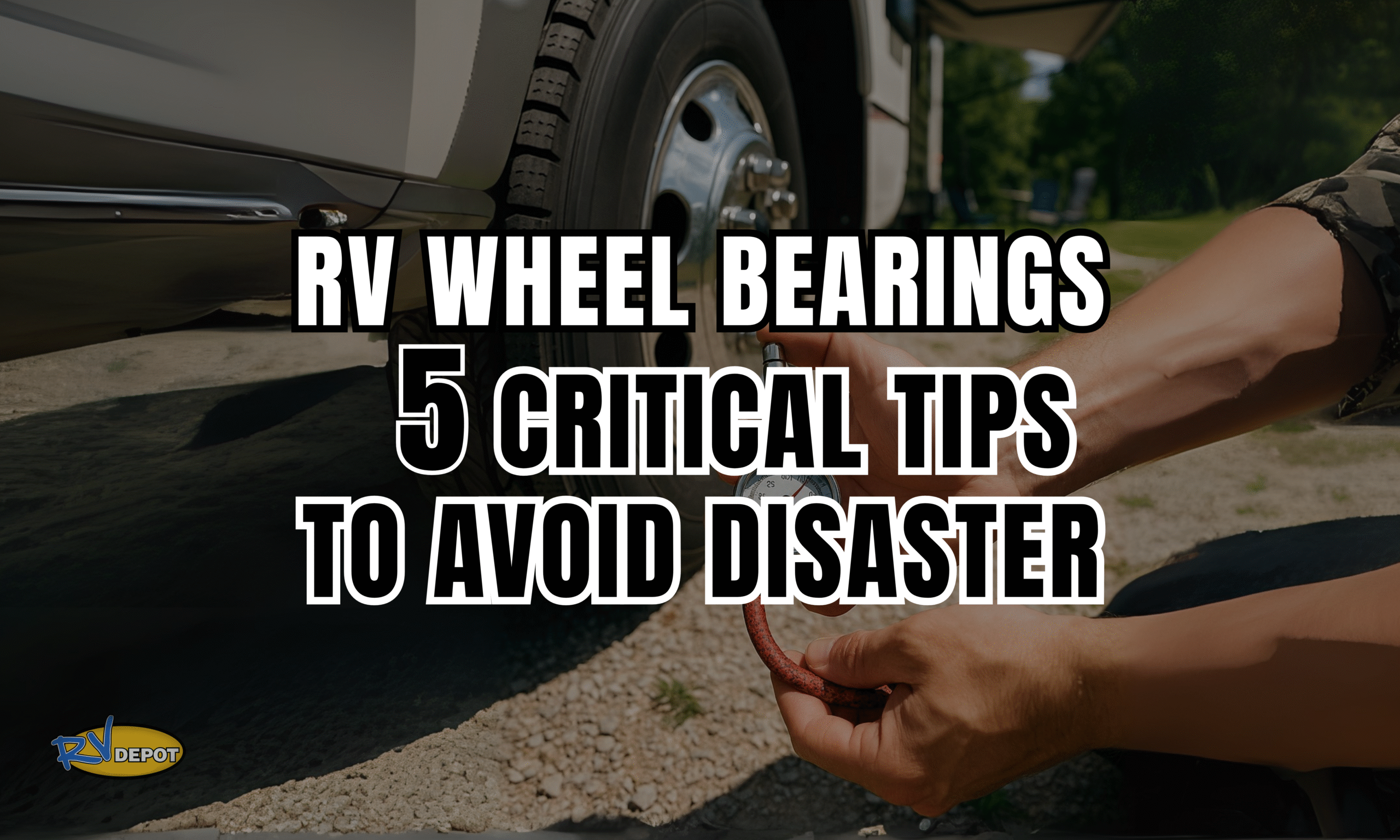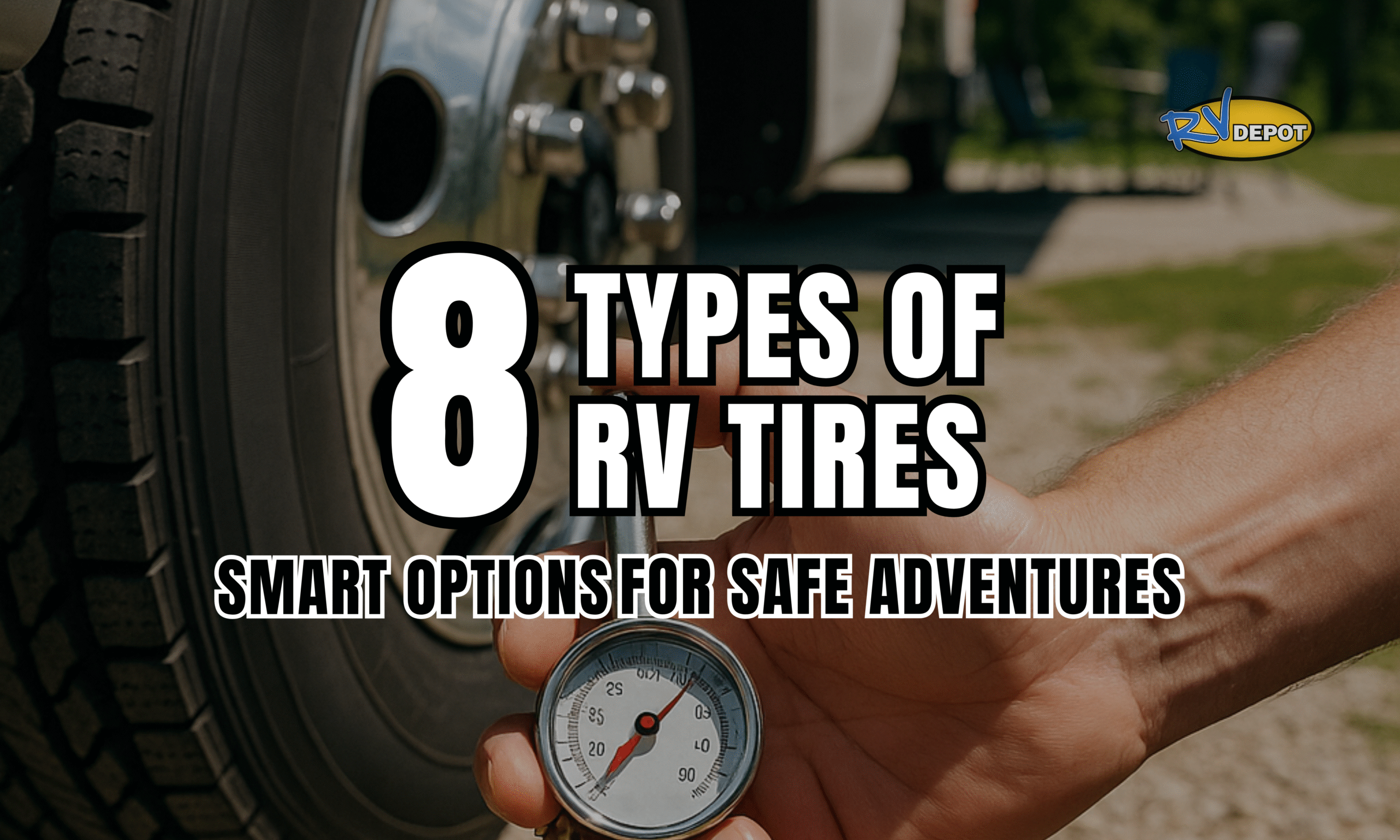You’re driving to your new job location or relocating your home to a better RV park when suddenly you feel a wobble in your RV. The wobble worsens, and before you know it, you’re stranded on the roadside with wheel bearings that have failed catastrophically. This nightmare scenario threatens not just your transportation, but your home, your job, and your family’s security.
When your RV serves as your primary residence, wheel bearings failures aren’t just inconveniences—they’re housing emergencies that can leave you stranded far from work, unable to access essential services, and facing expensive repairs that threaten your financial stability. Unlike recreational RVers who can return to traditional homes after mechanical problems, full-time residents depend on their RV’s mobility for employment opportunities and daily life.
Why Wheel Bearings Matter More for Full-Time RV Residents
When your RV is your primary residence, wheel bearings carry unique responsibilities that recreational vehicles never face. Your home needs to be ready to move for job relocations, family emergencies, weather evacuations, or lease changes at any time. Failed wheel bearings can trap you in situations where mobility isn’t just convenience—it’s necessity.
The High Stakes of Wheel Bearings Failure:
- Employment Impact: Cannot relocate for work opportunities or commute to job sites
- Housing Security: Cannot move to different parks when leases end or conditions change
- Emergency Response: Cannot evacuate quickly during severe weather or emergencies
- Financial Burden: Emergency repairs often cost $1,000-3,000 when failures occur on the road
- Family Safety: Catastrophic failures can cause accidents that injure your family
Daily Use Challenges: Full-time residents put different stresses on wheel bearings than weekend campers:
- Constant Loading: Your RV carries full household belongings year-round, not just camping gear
- Frequent Movement: Regular trips for work, groceries, and daily errands vs. occasional long trips
- Weather Exposure: Year-round exposure to heat, cold, rain, and road salt vs. seasonal use
- Maintenance Timing: Must maintain systems while living in the RV vs. convenient garage access
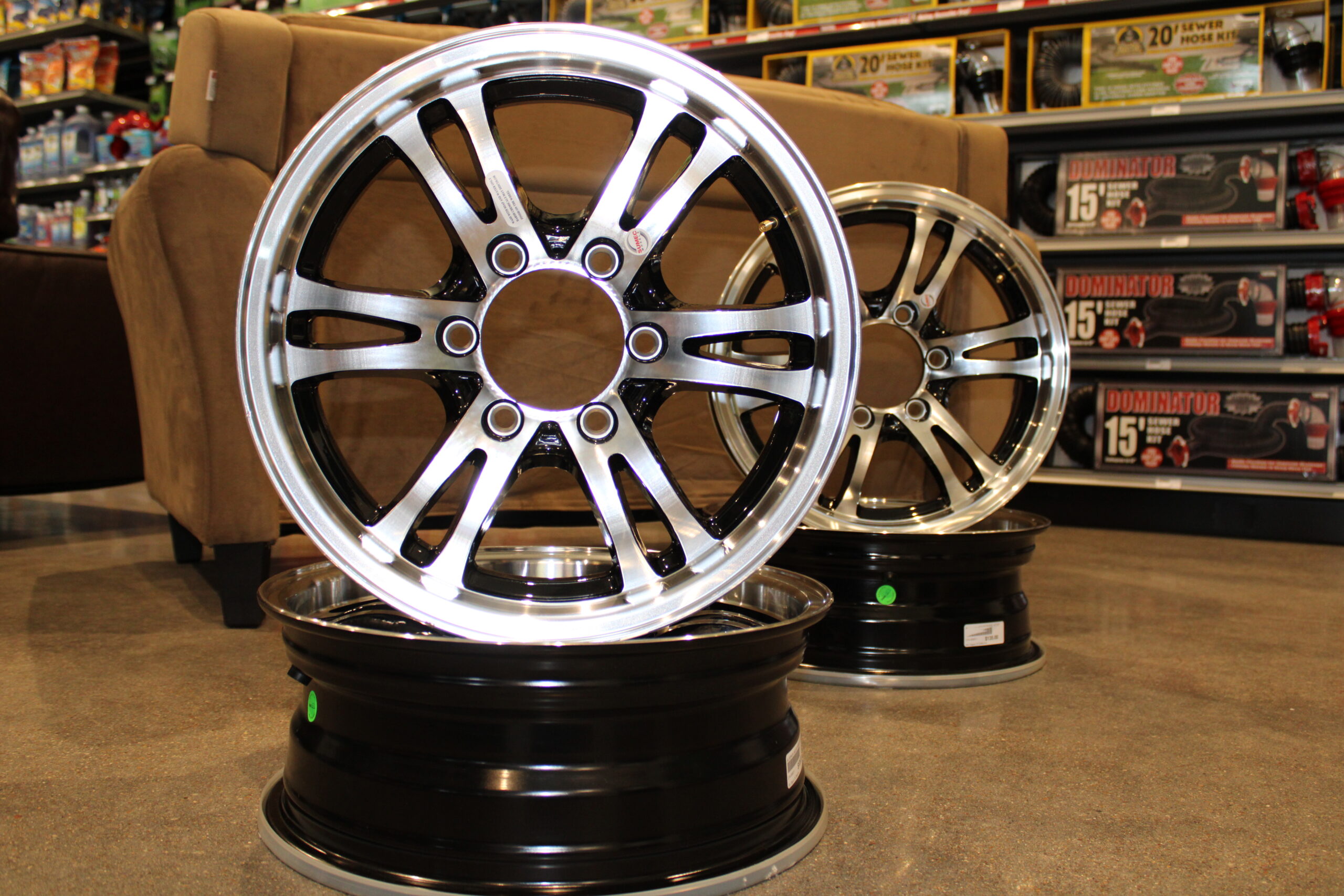
Tip 1: Understand Your RV’s Wheel Bearings System
Not all RV wheel bearings are created equal, and full-time residents must understand their specific system to maintain it properly. The type of wheel bearings system affects maintenance requirements, failure warning signs, and emergency repair options.
Common RV Wheel Bearings Configurations:
Grease Fitting Systems (Zerk Fittings):
- Allow regular lubrication without wheel removal
- Require high-quality marine or RV-specific grease
- Service intervals: Every 3,000-5,000 miles for heavy use
- Pros: Convenient maintenance, extended bearing life
- Cons: Can mask problems if over-greased or wrong grease used
Manual Repack Systems:
- Require complete disassembly for service
- Traditional packed bearings with grease
- Service intervals: Every 12,000-15,000 miles or annually
- Pros: Complete inspection during service, thorough cleaning
- Cons: Labor-intensive, requires mechanical knowledge
Sealed Bearing Units:
- Factory-sealed units requiring complete replacement when failed
- No maintenance capability between replacements
- Service intervals: 50,000-100,000 miles depending on use
- Pros: Long service life, no routine maintenance
- Cons: Expensive replacement, no early intervention possible
Identifying Your System:
Check Your Owner’s Manual: Locate wheel bearings maintenance schedule and specifications Visual Inspection: Look for grease fittings (small nipples) on hub assemblies Consult Your Chassis Manual: Class A motorhomes may have different systems than towables Professional Assessment: Have RV Depot identify your system and maintenance requirements
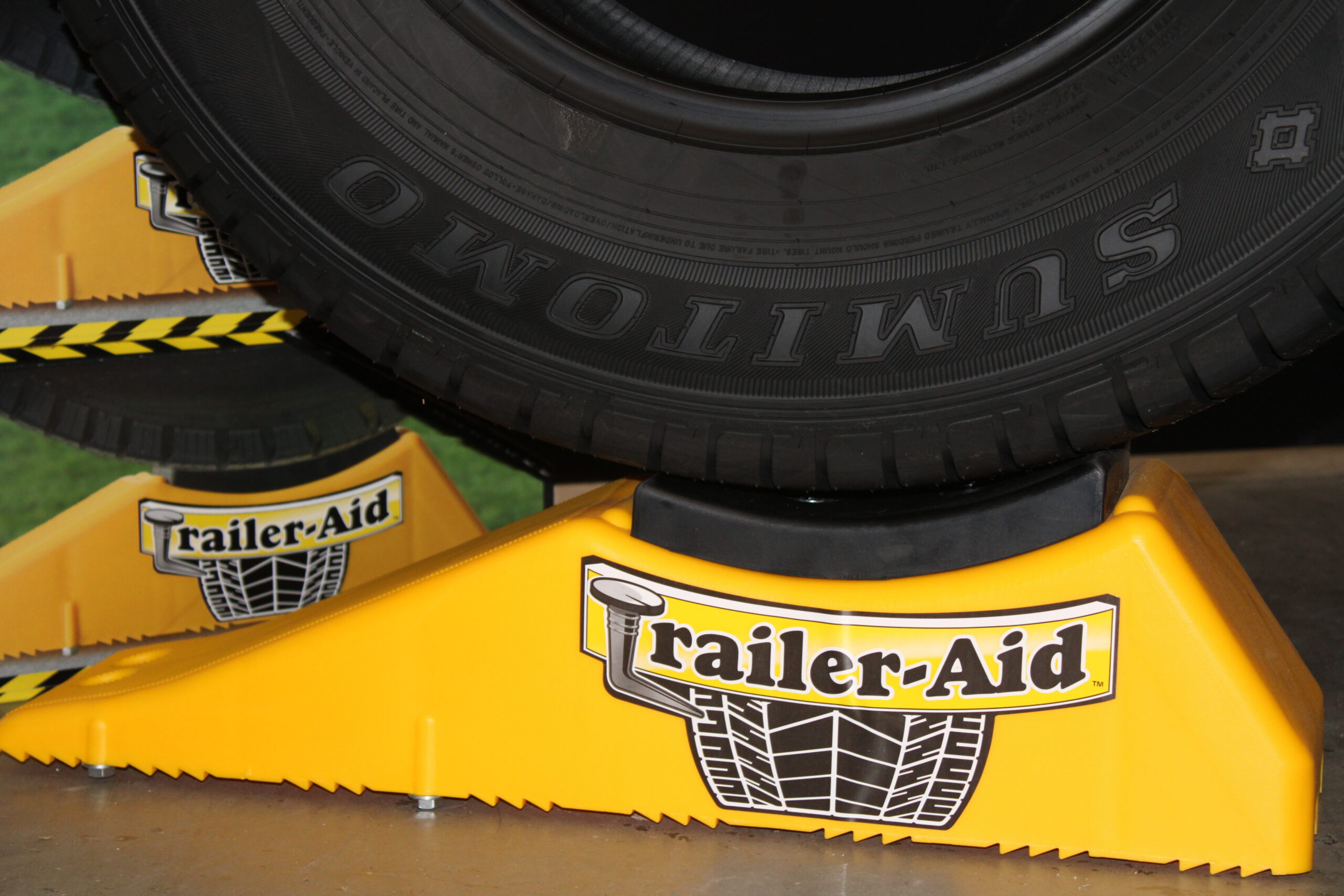
Tip 2: Establish a Realistic Maintenance Schedule
Full-time RV residents need maintenance schedules that account for daily use patterns rather than recreational guidelines. Your maintenance frequency should reflect your actual usage, load conditions, and living situation.
Maintenance Schedule Based on Full-Time Living:
| Usage Pattern | Grease Service | Visual Inspection | Complete Service |
|---|---|---|---|
| Heavy Daily Use (Work commute + living) | Every 2,000-3,000 miles | Monthly | Every 12-18 months |
| Moderate Use (Occasional relocation) | Every 3,000-5,000 miles | Every 2 months | Every 18-24 months |
| Stationary with Periodic Moves | Every 5,000-7,500 miles | Every 3 months | Every 2-3 years |
Factors Affecting Your Schedule:
Load Weight:
- Heavier loads require more frequent service
- Full-time living loads are typically heavier than recreational loads
- Water tanks, clothing, furniture, and work equipment add significant weight
Environmental Conditions:
- Texas Heat: High temperatures accelerate grease breakdown
- Coastal Areas: Salt air increases corrosion and seal deterioration
- Dusty Conditions: Contamination enters bearings faster
- Wet Conditions: Water infiltration damages bearings quickly
Driving Patterns:
- Stop-and-go city driving: More heat buildup than highway driving
- Mountain driving: Increased stress on wheel bearings
- Frequent short trips: Prevents bearings from reaching proper operating temperature
Tip 3: Learn to Recognize Early Warning Signs
When your RV is your home, catching wheel bearings problems early can prevent homelessness emergencies and expensive roadside repairs. Full-time residents should check for warning signs during routine activities.
Critical Warning Signs:
Audio Indicators:
- Grinding Noises: Metal-on-metal contact indicating bearing failure
- Squealing Sounds: Often seal-related, indicates lubrication problems
- Clicking or Popping: Loose or damaged bearings allowing excessive movement
- Humming or Whining: Constant noise that increases with speed
Temperature Warnings:
- Hot Wheels After Driving: Touch test wheels after driving (should be warm, not hot)
- Smoking from Wheel Area: Immediate danger—stop driving immediately
- Burning Smell: Overheated grease or failed seals create distinct odors
- Uneven Heating: One wheel significantly hotter than others
Movement and Handling Issues:
- Vibration Through Steering: Felt in steering wheel or throughout RV
- Wobbling Motion: Side-to-side movement while driving
- Pulling to One Side: RV wants to drift left or right
- Brake Performance Changes: Uneven braking or brake drag
Visual Inspection Points:
- Grease Around Wheels: Leaking seals allow grease to escape
- Rust Stains: Water infiltration causing bearing corrosion
- Tire Wear Patterns: Uneven wear indicates bearing problems
- Wheel Play: Excessive movement when rocking parked RV
Emergency Assessment Technique:
The Touch Test: After driving 10-15 minutes, carefully touch each wheel hub with the back of your hand. All wheels should be similarly warm. One significantly hotter wheel indicates problems requiring immediate attention.
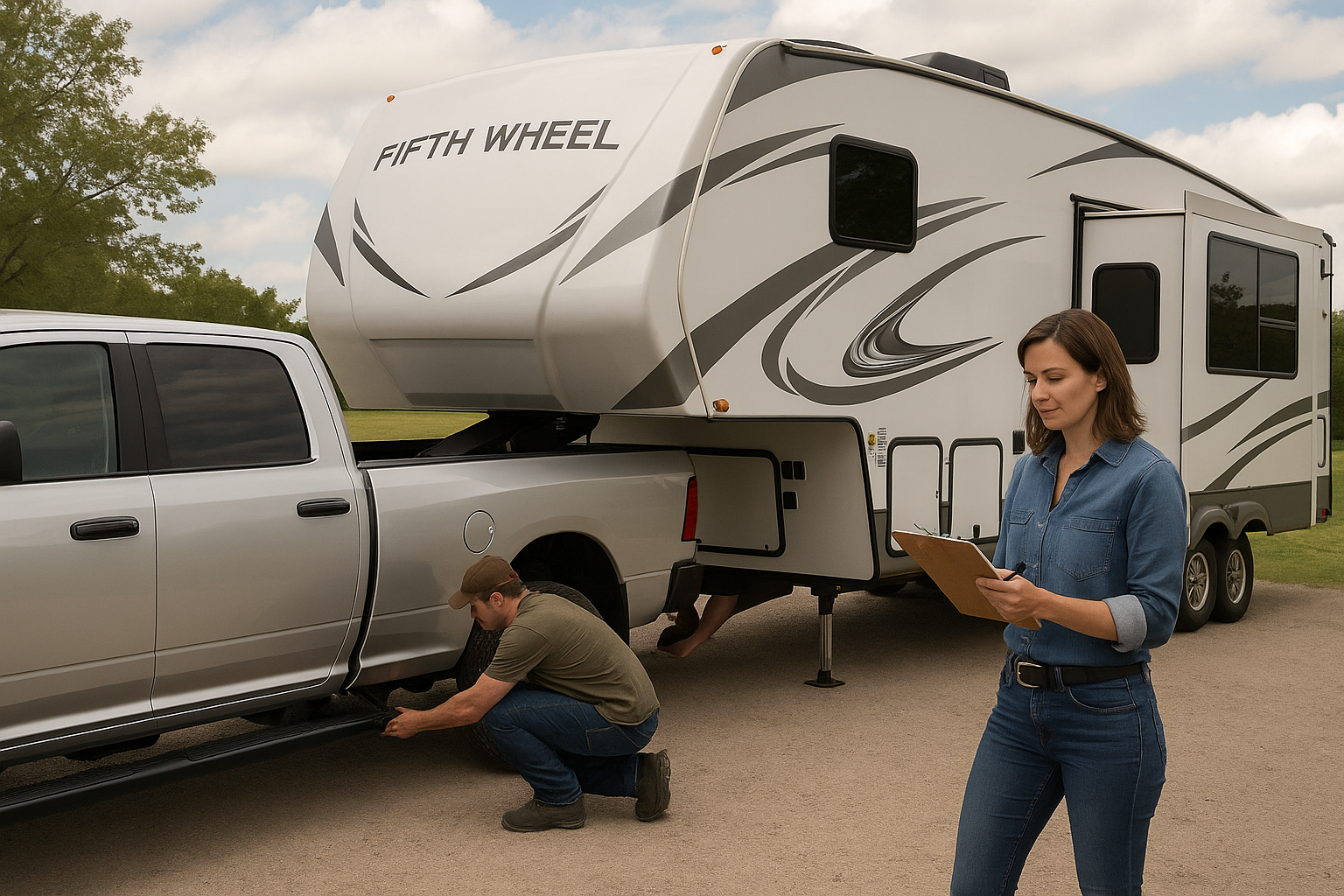
Tip 4: Use Quality Products and Proper Techniques
When your RV is your home, using inferior products or improper techniques isn’t just poor maintenance—it’s risking your family’s housing security. Quality wheel bearings maintenance products provide reliability that full-time residents require.
Choosing the Right Grease:
High-Quality Marine/RV Grease Types:
| Grease Type | Temperature Range | Best For | Typical Brands |
|---|---|---|---|
| Lithium Complex | -20°F to 350°F | General use, most climates | Mobil 1, Valvoline MaxLife |
| Polyurea Synthetic | -40°F to 400°F | High temperature, heavy loads | Lucas Red, Royal Purple |
| Calcium Sulfonate | -10°F to 350°F | Marine/coastal environments | Chevron Delo, Shell Gadus |
Quality Indicators:
- NLGI Grade 2: Proper consistency for wheel bearings
- Extreme Pressure (EP) Additives: Handle heavy loads and shock
- Water Resistant: Critical for RVs exposed to weather
- Extended Service: Reduces maintenance frequency
Proper Maintenance Techniques:
Grease Fitting Service:
- Clean the fitting before attaching grease gun
- Pump grease slowly until clean grease appears at seals
- Stop immediately when fresh grease emerges—over-greasing damages seals
- Wipe excess grease to prevent dirt accumulation
- Check other fittings while equipment is available
Visual Inspection Process:
- Park on level ground and set parking brake
- Check wheel play by rocking top and bottom of tire
- Spin wheels freely listening for grinding or roughness
- Inspect seals for cracks, damage, or grease leakage
- Document findings to track changes over time
Common Mistakes to Avoid:
Over-Greasing: Excess grease can blow out seals and attract contaminants Wrong Grease Type: Incompatible greases can chemically react and fail Ignoring Seals: Failed seals allow water and dirt infiltration Inconsistent Service: Irregular maintenance allows problems to develop DIY Beyond Capabilities: Some repairs require professional tools and expertise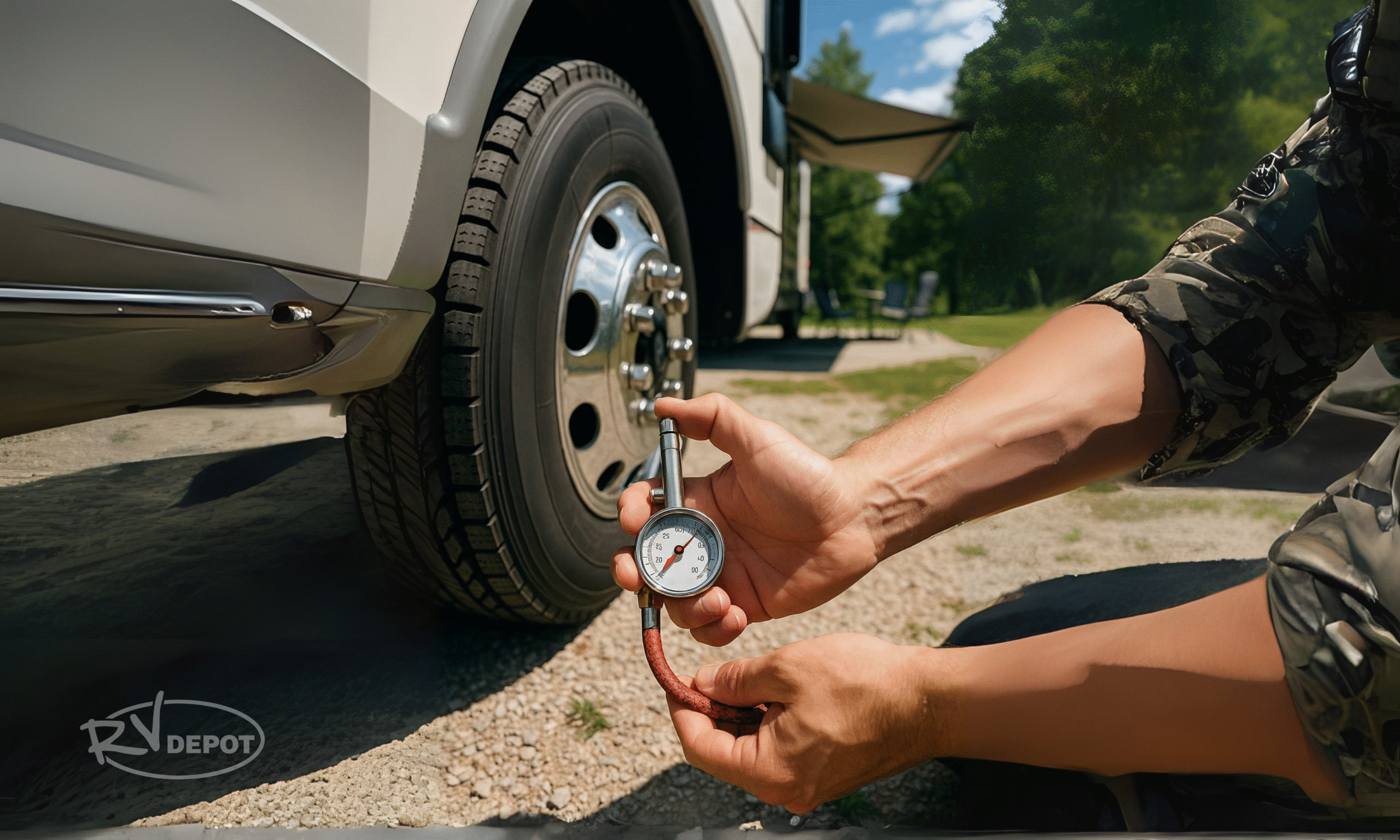
Tip 5: Know When to Seek Professional Service
Full-time RV residents need to recognize when wheel bearings problems exceed DIY capabilities and require professional intervention. Attempting complex repairs without proper tools can transform manageable problems into housing emergencies.
Situations Requiring Professional Service:
Immediate Professional Help Needed:
- Any grinding noises during driving
- Smoking from wheel areas
- Excessive heat in wheel hubs
- Visible wheel wobbling while driving
- Brake system problems combined with bearing issues
Planned Professional Service:
- Annual complete inspection for full-time residents
- Pre-employment relocation service for work moves
- Bearing replacement when wear limits are reached
- Seal replacement when leakage is detected
- System upgrades to grease fitting configurations
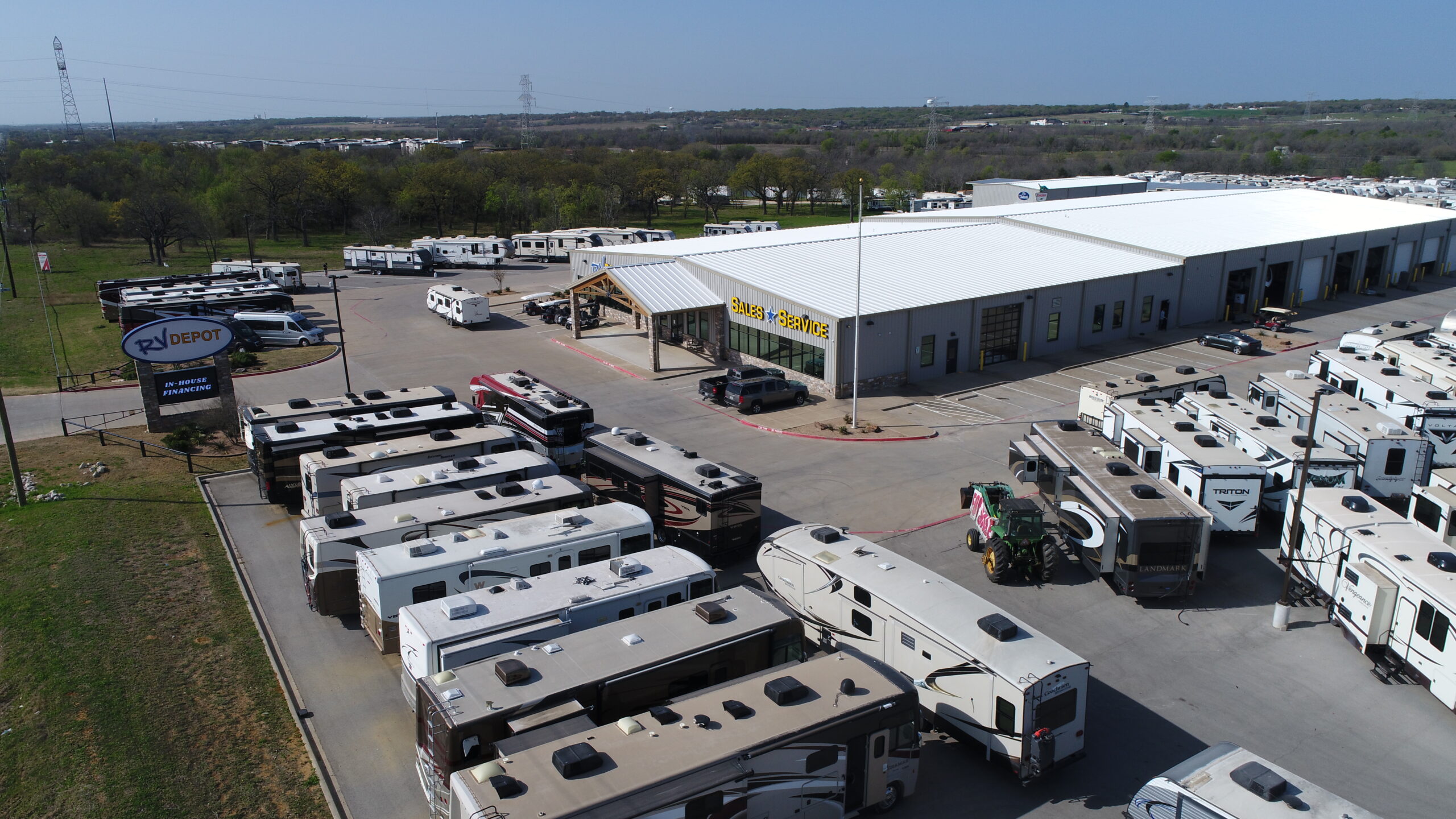
Professional Wheel Bearings Service at RV Depot
When your RV is your home, wheel bearings maintenance becomes a critical safety and housing security issue. At RV Depot in Cleburne, Texas, our certified technicians understand the unique challenges facing full-time RV residents and provide specialized service that keeps your home safe and mobile. For full-time RV residents, neglecting wheel bearings maintenance isn’t just expensive—it can be catastrophic to your housing security and employment opportunities.
With over 30 years serving Texas families, we’ve developed maintenance programs that keep full-time residents safe, mobile, and secure. Our investment in your RV’s reliability is an investment in your family’s stability and peace of mind.
Ready to Protect Your RV Home?
Your RV’s wheel bearings protect more than just your vehicle—they protect your home, your family’s security, and your ability to maintain employment and independence. Don’t wait for warning signs that could leave you stranded and homeless.
Don’t let wheel bearings failure threaten your home. Contact RV Depot today for professional service that protects your family’s housing security and keeps your home safely mobile for years to come.
📍 Visit: 4319 N. Main St, Cleburne, TX 76033 📱 Call or text: (817) 678-5133 💻 Browse Inventory: rvdepottx.com
Questions about full-time RV living? Join thousands of Texans who’ve discovered that home isn’t a place—it’s wherever you park it. Full-Time RV Living Community

